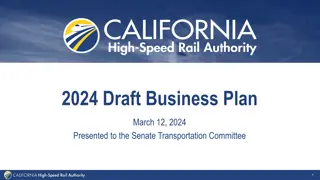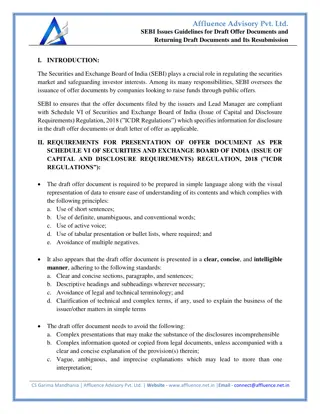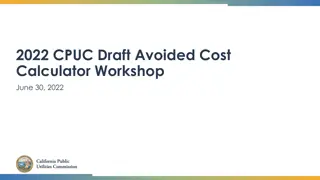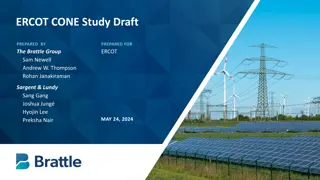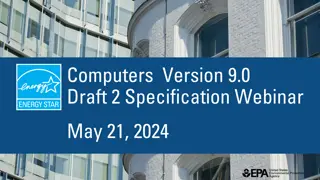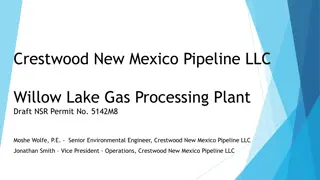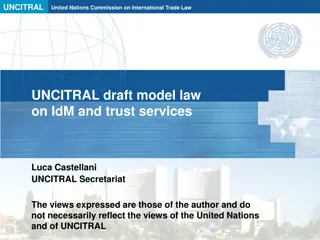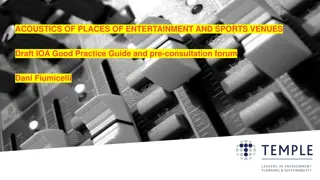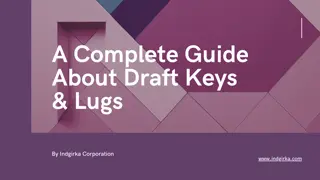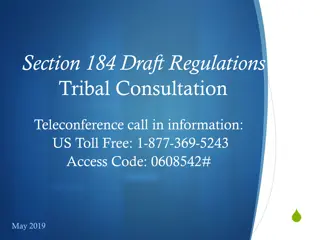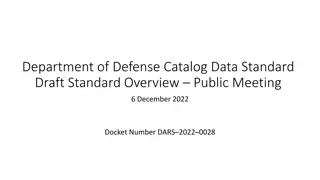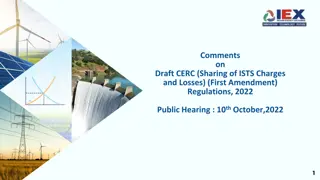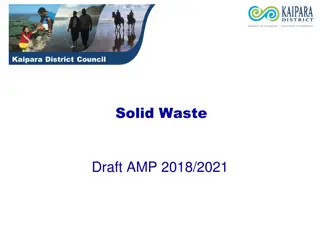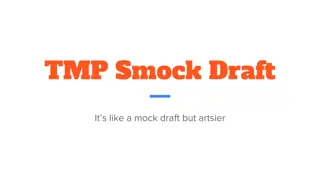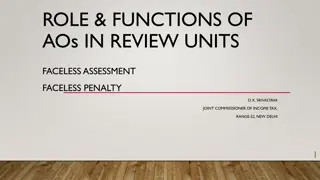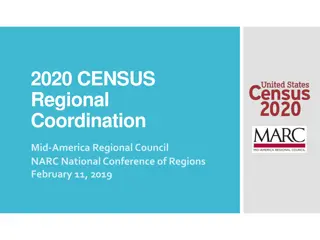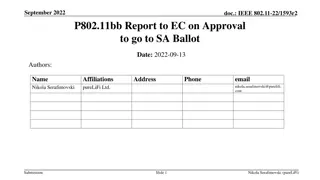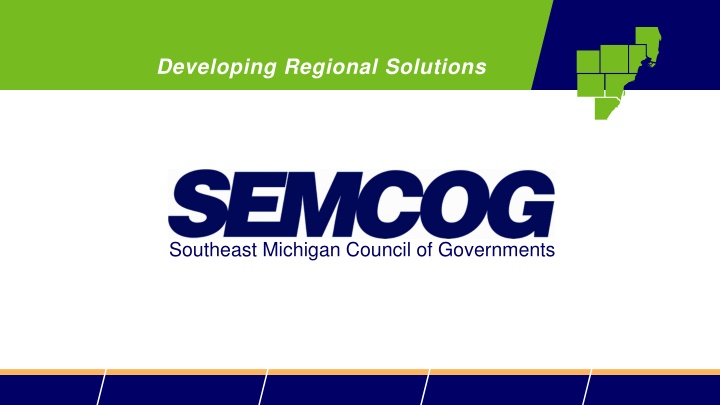
Developing Regional Solutions for Climate Resiliency and Flood Mitigation
Explore how the Southeast Michigan Council of Governments is working on developing regional solutions for climate resiliency and flooding mitigation. Learn about the objectives, scope, methodology, and next steps of this important project.
Download Presentation

Please find below an Image/Link to download the presentation.
The content on the website is provided AS IS for your information and personal use only. It may not be sold, licensed, or shared on other websites without obtaining consent from the author. If you encounter any issues during the download, it is possible that the publisher has removed the file from their server.
You are allowed to download the files provided on this website for personal or commercial use, subject to the condition that they are used lawfully. All files are the property of their respective owners.
The content on the website is provided AS IS for your information and personal use only. It may not be sold, licensed, or shared on other websites without obtaining consent from the author.
E N D
Presentation Transcript
Developing Regional Solutions Southeast Michigan Council of Governments
Climate Resiliency Project Objectives Develop Flooding Risk Tool Identify transportation assets vulnerable to flooding Support investment decisions Integrate with asset management programs Identify cost effective and sustainable solutions to flooding 3
Scope Geography: SEMCOG 7-county region Asset types: Bridges Culverts Roads Pump stations Hazards: Flooding All assets scored are on the 3 major MDOT functional classification roadways: 1 Interstates 2 Other Freeways 3 Other Principal Arterials
Flooding Risk Score Develop Flooding Risk Score for 4 Roadway Assets pump stations culverts bridges roads
Components of Climate Risk Exposure Vulnerability Sensitivity Risk Criticality
Methodology Past Flooding Experience (75%) FEMA Flood Zone Location (10%) Flow Accumulation and Ponding (6%) Impervious Surface (6%) Change in Days with Precipitation > 3 Inches (3%) Exposure (50%) Vulnerability (75%) Past Flood Damage (20%) Scour Criticality (50%) Channel Condition (10%) Fracture Critical (10%) Single or Multi Span (10%) Sensitivity (50%) Risk Traffic Volume (20%) Functional Classification (20%) Detour Length (20%) Cost of Replacement (20%) Economic Impact (20%) Criticality (25%)
Sample Map Output: Bridge Draft Risk Scores Maps created for each asset Note the lower risk areas are in the less urbanized areas Workshops in November to review with MDOT and County road agencies
Next Steps Final Project Maps and Report Feb 2020 Transportation Planning Process Asset Management Programs Workshops with local agencies Role of emergency planning & hazard mitigation Consider expanding to local roads Update with new asset data (i.e. culverts and updated condition)


